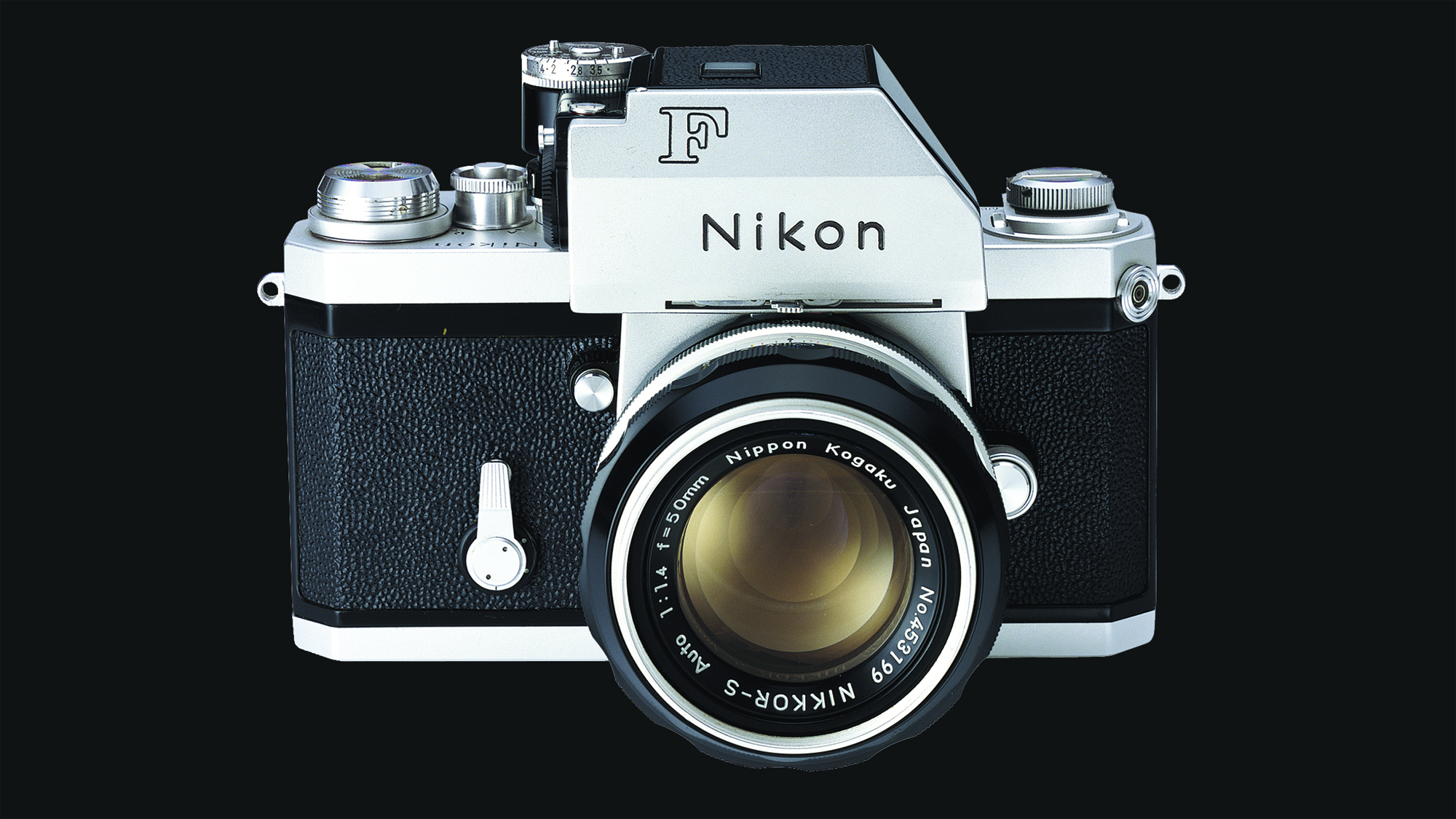
As Nikon celebrates its 100th anniversary, we take a look back at some of milestones in the company's history.
1917: the birth of Nikon

Nikon began as Nippon Kogaku K.K. (Japan Optical Industries Co., Ltd) on 25 July 1917, within the Tokyo Keiki company at 120 Haramachi, Koishikawa-ku (present-day Hakusan 4-chome, Bunkyo-ku) in Tokyo.
The design and mass production of cameras and interchangeable lenses wasn’t the company’s focus, as Nippon Kogaku would find its feet – and build its reputation – with the design and production of optical instruments such as rangefinders and microscopes.
At this point in Japan’s history, the production of advanced optical instruments was a matter of national urgency. Entrusted with this objective was Koyata Iwasaki, the president of Mitsubishi and nephew of Mitsubishi founder Yataro Iwasaki.
To realise this ambition, plans were made to establish an optics company by merging the Optical Instruments Department of Tokyo Keiki Seisakusho and the Reflecting Mirror Department of Iwaki Glass Manufacturing, to form a comprehensive, fully integrated optical company known as Nippon Kogaku K.K.
Immediately after it was established, Nippon Kogaku merged with Fuji Lens Seizo-sho in 1918. The following year, the Oi Dai-ichi Plant, where Nikon’s first cameras would eventually be made, was completed, and the company started to research optical glass production – although it wouldn’t be until 1923 that the company would begin test-melting dedicated optical glass.
1932: Nikkor brand name established
Historically, Japan had been reliant on other countries for the supply of photographic lenses, but there was a strong desire to produce lenses domestically. Designers were dispatched to Europe to observe its optical industry, and devoted their time to gathering information on photographic lenses, visiting camera store after camera store in Berlin. In addition, eight German designers were brought to work at Nikon, including renowned optical engineer Heinrich Acht.
Sign up for breaking news, reviews, opinion, top tech deals, and more.
After much trial and error, the company produced its first lens in 1929, the Anytar 12cm f/4.5. A range of lens models were subsequently developed, and the prospect of photographic lens manufacture became a reality. When considering a brand name, Nikon settled upon NIKKOR after deciding to combine the ‘NIKKO‘ abbreviation of the ‘Nippon Kogaku‘ company name, with the letter ‘R’ often used as a suffix for photographic lens names at the time. This name was registered as a trademark in 1932.
1946: Nikon is adopted as a brand name
When deciding what to call a compact camera developed to meet the strong demand for domestically produced cameras, the company came up with the name ‘Nikorette‘, which was tentatively used. The company eventually shelved this idea, opting to use the Nikko base and added an ‘N’ to the end, which creates a more masculine impression in the Japanese language, and thus the official Nikon name was born.
1948: Nikon Model I

Though it’s now a brand, the name ‘Nikon’ was originally ascribed to the first camera produced by company Nippon Kogaku. By the middle of the 1930s, the company was making screw-mount lenses for Leica and early Canon cameras, but camera production didn’t commence until after World War II.
Less than two years after the completion of blueprints in September 1946, the company’s Nikon Model I was launched in March 1948. It was the first sold as ‘Nikon’, but ‘Model I’ was added to the name to distinguish it from later cameras.
The design and construction of the Nikon I was an intriguing blend of both pre-war Contax and Leica rangefinders. These were indisputably the premier 35mm-format cameras of the time. In terms of shape, it resembled a 1936 Zeiss Contax. Like that camera, the Nikon I also used a bayonet lens-mount system, instead of Leica’s screw mount. Film-loading was done via a removable back (again a Contax feature) rather than a removable base (favoured by Leica). However, the Japanese designers preferred a horizontal-travel cloth shutter, in the style of Leica, over the vertical-travel metal shutter of Contax.
The Nikon Model I was highly anticipated after being advertised in magazines and via other channels before its release. At the time, supply could not keep up with the demand for domestically produced cameras, but the real battle began the moment the camera went on sale. Designers had to take on board plenty of feedback from customers, but they responded by overcoming any issues one by one, and quickly made improvements.The Nikon M followed in 1949, and the Nikon S the following year.
1959: Nikon F

The first SLR camera made by Nikon. It proved to be a landmark camera with a specification that included interchangeable prisms and focusing screens, a depth of field preview, a large bayonet lens mount and a fully removable back. No other SLR of the day had this degree of detail.
During the 1960s, it was the main choice for war photographers in Vietnam, while press pros liked its 250- exposure back and motor drive for shooting the launches of both the Gemini and Apollo space capsules.
By the time the F was succeeded by the F2 in the early 1970s, over 860,000 of its bodies had rolled off the assembly line. The bayonet lens mount it introduced is still a feature of every Nikon DSLR.
1967: Nikon F Photomic TN

Visually, there’s little to distinguish the TN from the T, but this iteration of the Nikon F gave the world its first taste of centre-weighted metering, a feature that to this day still makes the specifications sheet of Nikon DSLRs.